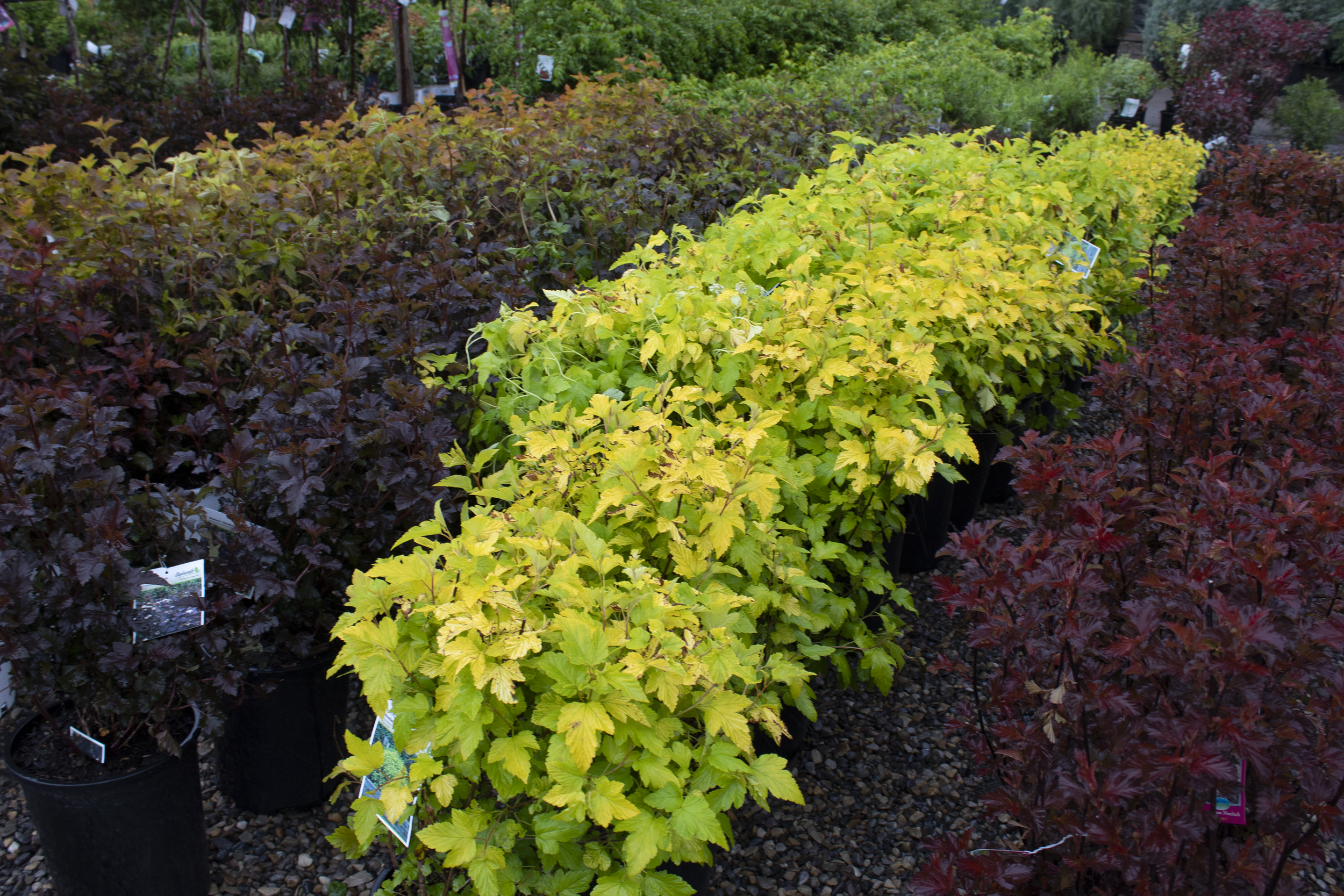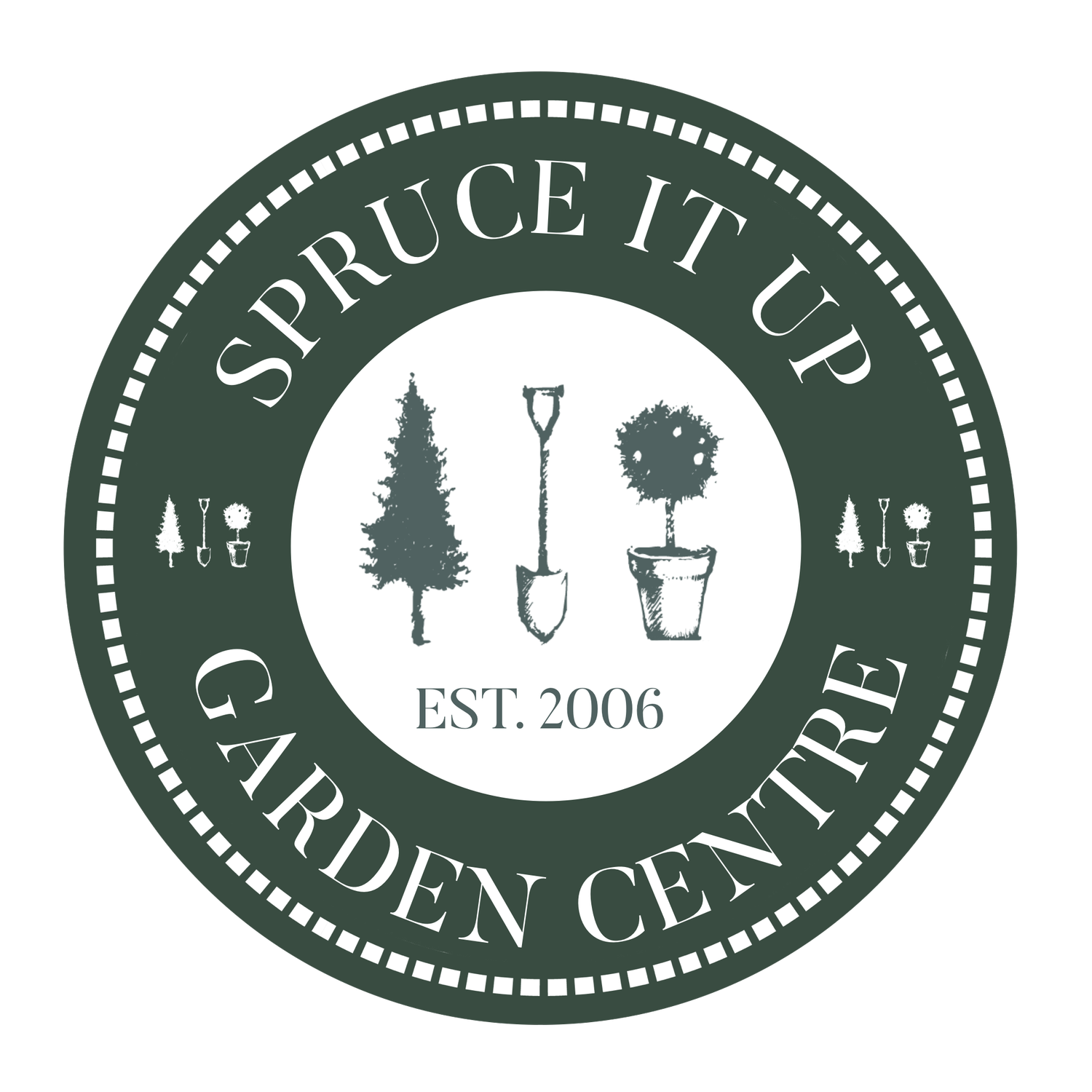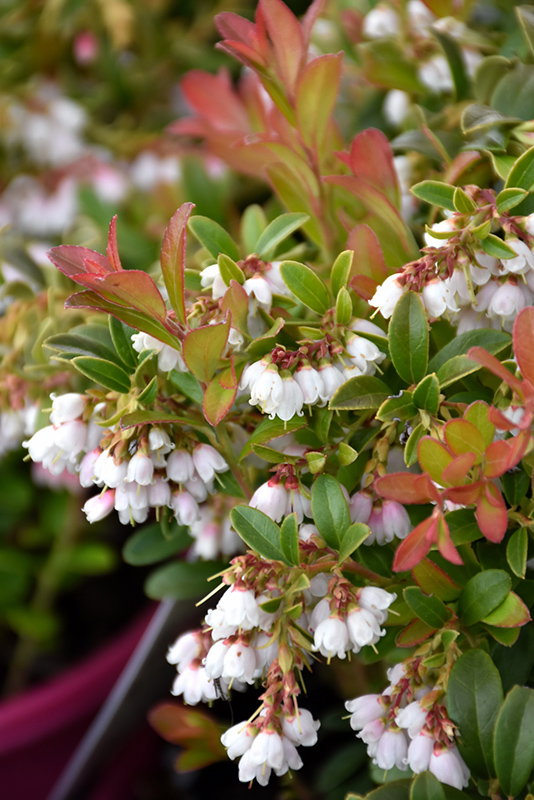
The #1 Online Plant Database
Koralle Lingonberry
Vaccinium vitis-idaea 'Koralle'
Height: 10 inches
Spread: 3 feet
Sunlight:
![]()
![]()
![]()
Hardiness Zone: 2
Other Names: Cowberry, Lowbush Cranberry
Description:
A low and dense native evergreen that creeps to form a dense thicket; small white flowers in spring, followed by flushes of bright red berries in summer that have a distinct, tart flavor; excellent for massing, groundcover and borders
Edible Qualities
Koralle Lingonberry is a small shrub that is commonly grown for its edible qualities, although it does have ornamental merits as well. It produces clusters of cherry red round berries which are usually ready for picking in mid summer. The berries have a tart taste and a firm texture.
The berries are most often used in the following ways:
- Fresh Eating
- Cooking
- Baking
- Preserves
- Juice-Making
Features & Attributes
Koralle Lingonberry features dainty clusters of white bell-shaped flowers with shell pink overtones hanging below the branches in mid spring. It has dark green foliage with pointy light green spines. The small glossy oval leaves turn an outstanding burgundy in the fall, which persists throughout the winter. It features an abundance of magnificent cherry red berries in mid summer.
This is an open spreading evergreen shrub with a spreading, ground-hugging habit of growth. Its relatively fine texture sets it apart from other landscape plants with less refined foliage. This is a relatively low maintenance plant, and usually looks its best without pruning, although it will tolerate pruning. It is a good choice for attracting birds to your yard, but is not particularly attractive to deer who tend to leave it alone in favor of tastier treats. It has no significant negative characteristics.
Aside from its primary use as an edible, Koralle Lingonberry is sutiable for the following landscape applications;
- Mass Planting
- Rock/Alpine Gardens
- General Garden Use
- Groundcover
- Naturalizing And Woodland Gardens
- Orchard/Edible Landscaping
Planting & Growing
Koralle Lingonberry will grow to be about 10 inches tall at maturity, with a spread of 3 feet. It tends to fill out right to the ground and therefore doesn't necessarily require facer plants in front. It grows at a medium rate, and under ideal conditions can be expected to live for approximately 20 years. This is a self-pollinating variety, so it doesn't require a second plant nearby to set fruit.
This shrub is quite ornamental as well as edible, and is as much at home in a landscape or flower garden as it is in a designated edibles garden. It performs well in both full sun and full shade. It does best in average to evenly moist conditions, but will not tolerate standing water. It is very fussy about its soil conditions and must have sandy, acidic soils to ensure success, and is subject to chlorosis (yellowing) of the foliage in alkaline soils. It is quite intolerant of urban pollution, therefore inner city or urban streetside plantings are best avoided, and will benefit from being planted in a relatively sheltered location. Consider covering it with a thick layer of mulch in winter to protect it in exposed locations or colder microclimates. This is a selection of a native North American species.



